
mjbarnard
-
Posts
12 -
Joined
-
Last visited
Content Type
Profiles
Forums
Store
Help Articles
Posts posted by mjbarnard
-
-
This page has exact times and temperatures for different types of steaks, different thicknesses, and degree of doneness:
https://shop.hestancue.eu/blogs/blog-recipes/the-ultimate-guide-for-pan-seared-steak#:~:text=Temperature and Timing for Pan Searing and Cooking Steaks&text=Sear each surface for 2,thickness and your desired doneness.
I tried it and it was perfect. Surely we need / would benefit from equivalent information for a variety of foods if this is going to equate to what we have for sous vide?-
 1
1
-
-
2 minutes ago, Smithy said:
Thanks for posting this. Did you notice a difference in texture?
No discernible difference in texture. Furthermore I cut the fat off before sous-vide the one which was seared pre and post. Therefore I chilled the one with fat on slightly longer so that I could really sear the fat without cooking the meat.
This photo shows plate with meat seared pre and post. the one in post above was post. Not great pics but no real difference that we could discern.
-
 5
5
-
 2
2
-
-
High quality sirloin 8 hours at 54.5C. Seared on Philips Avance Grill. It was 7cm thick. I cut it into smaller pieces to facilitate cooking.
Collected continuous internal temperature monitoring once again. Interesting it took 3 hours for internal temperature to reach 54. I might start looking at different durations beyond that. The advice for this type of cut varies between 4 and 12 (or longer) hours.
Seared one piece pre- and post-sous vide and the other only post. No difference between them in taste.
-
 9
9
-
 1
1
-
-
Meater plus, you can see the probe sticking out of the lower steak in the photo. It connects via bluetooth/wifi so no need for wires and records the data continuously.
There are all sorts of options for preprogrammed recipes, warning alarms, remote view etc, but I just use it to monitor the internal temperatures.I was considering sous vide steak then finish on avance, but I thought quicker and why not try them grilled. I will use the sous vide followed by avance on a thicker cut of sirloin next time.
-
 3
3
-
-
-
5 hours ago, FeChef said:
The meater probe is not waterproof. Its a very bad idea to put the probe inside the bag as there will be a lot of juices in there. Sorry i couldn't get past that so i didn't read the rest of your post.
You are correct it is water resistant not waterproof. So they are happy for it to be wet - have checked. Doesnt really matter because not a lot of juices circulating widely in a proper vacuum sealed bag until it is opened. At least not enough to compromise the outer part of the probe. It worked perfectly and by their own information the really sensitive part of the probe is the tip which conveys the continuous data stream. Think of it like getting your water resistant watch wet in the rain, but not soaked.
I will start recording all the data from different meats now. Instead of almost spamming with different threads I will put all the data from different meats in one new thread. I have accumulated 3 anova's over the past 5 years so plenty of opportunity.
To the others : someone else asked for the link, but I wasnt sure if a new member could post direct links to products so I deleted the post. It is the meater plus, easily googled and in my opinion works well. If the mods approve I will post the USA store links.
-
 2
2
-
-
Correction
Apologies I made an error in the original post. The middle of the meat reached 59 in 2.5 hours, although reached 55 in 1 hour 40 mins.
-
It was a high quality Copas turkey and the breasts are quite thick - around 7-8cm/3inches
-
 1
1
-
-
I cooked two turkey breasts sous vide. This year had access to the Meater+ thermometer probe which I managed to vacuum seal in the bag without difficulty (it is small). Since it works wirelessly I was able to monitor and it records the internal temperatures at the thickest part of the breast.
I thought the results were interesting. I cooked at 60C for 8 hours. I have always used https://www.chefsteps.com/activities/a-better-way-to-turkey-cook-that-bird-sous-vide-for-the-best-feast-ever which gives long cooking times at lower temperature. I have found that as according to this page https://www.seriouseats.com/recipes/2014/11/sous-vide-turkey-breast-crispy-skin-recipe-thanksgiving.html that 55C gives turkey which is just a little too pink for most tastes. Over the last few years have increased the temperature up to 59/60 and I find it perfect - very moist and tender, but pale not pink.
See attached images. I changed my mind a couple of times and started at 58 then 60 then 59 again, so ignore the slight variations. The thing I found interesting was that the thickest part (of a large breast) reached 55C in around 1 hour 40 mins and target of 59 in 2 hours 30 mins. Now I appreciate that sous vide is a combination of temperature and time or duration, but the data make me think that around 4 hours would be sufficient, as per the seriouseats table. I have previously used the chefsteps 55-58 for their much longer advised times, up to 12 hours and the meat is still quite pink at the end, so I dont believe 55 for 12 hours would effectively be the same.
From now on I will watching the internal temperatures with interest. This has always been the (relative) unkown for sous vide amateurs.
-
 5
5
-
 1
1
-
-
Hi will this be available to UK purchasers?
-
I am a physician based in The London Heart Hospital.
I am a lover of food and wine, particularly European and Modernist cooking. I have some qualifications in wine and oenology from UC Berkeley and the London WSET. I visit European destinations every year and sample authentic regional cuisine.
I am intrigued by the influence of technology on food, and a true gadget lover.
I have a particular interest in (and am actively researching - not professionally) the changing views on the influence of dietary fat on heart disease.
Having studied the forums for some time I am really grateful for the huge amount of shared information.
Best
Matthew
-
 1
1
-

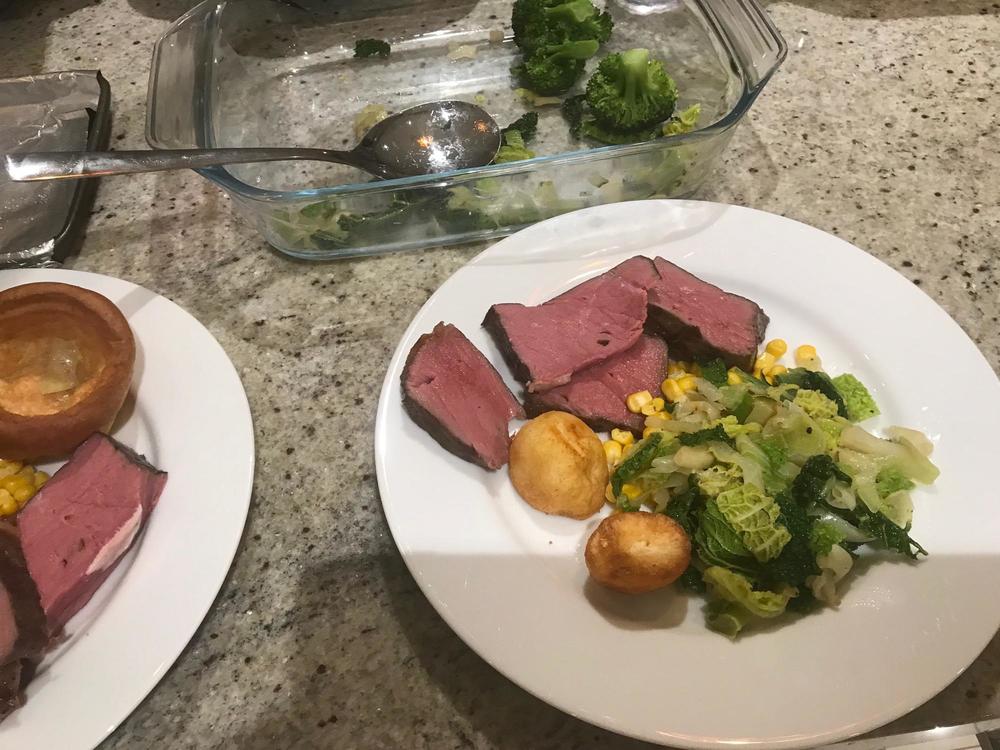
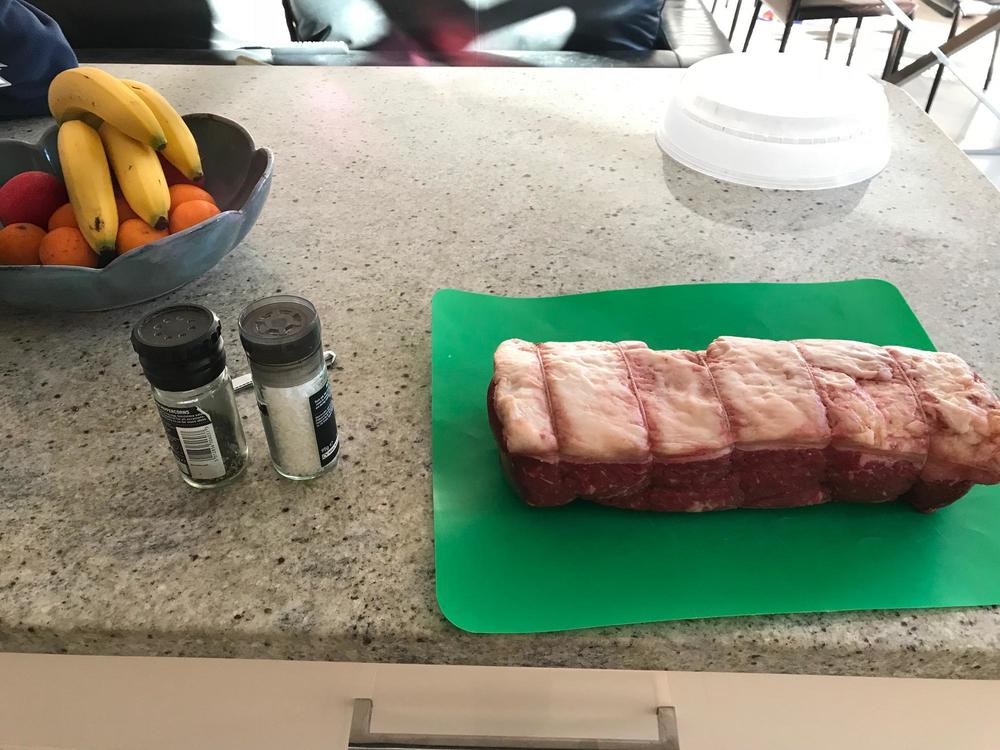

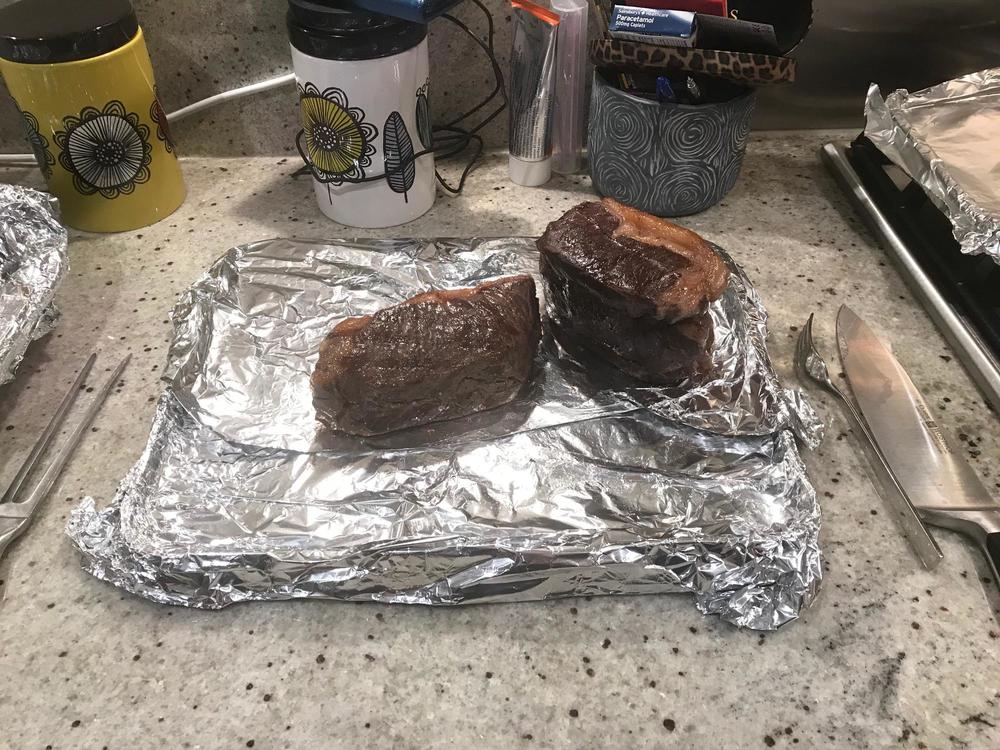

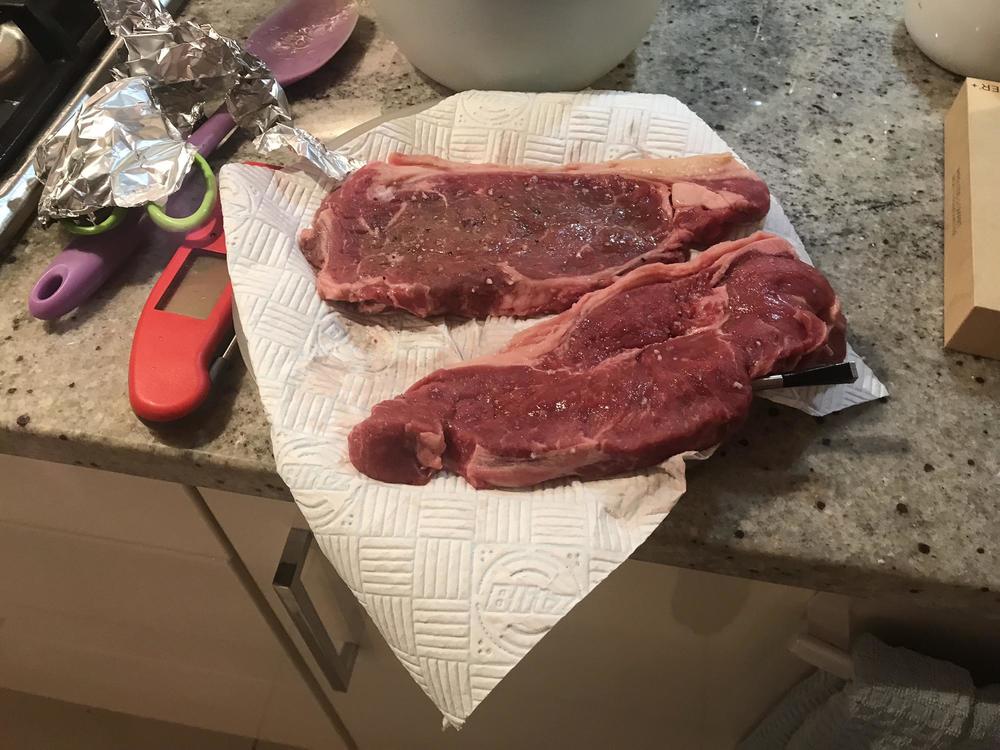
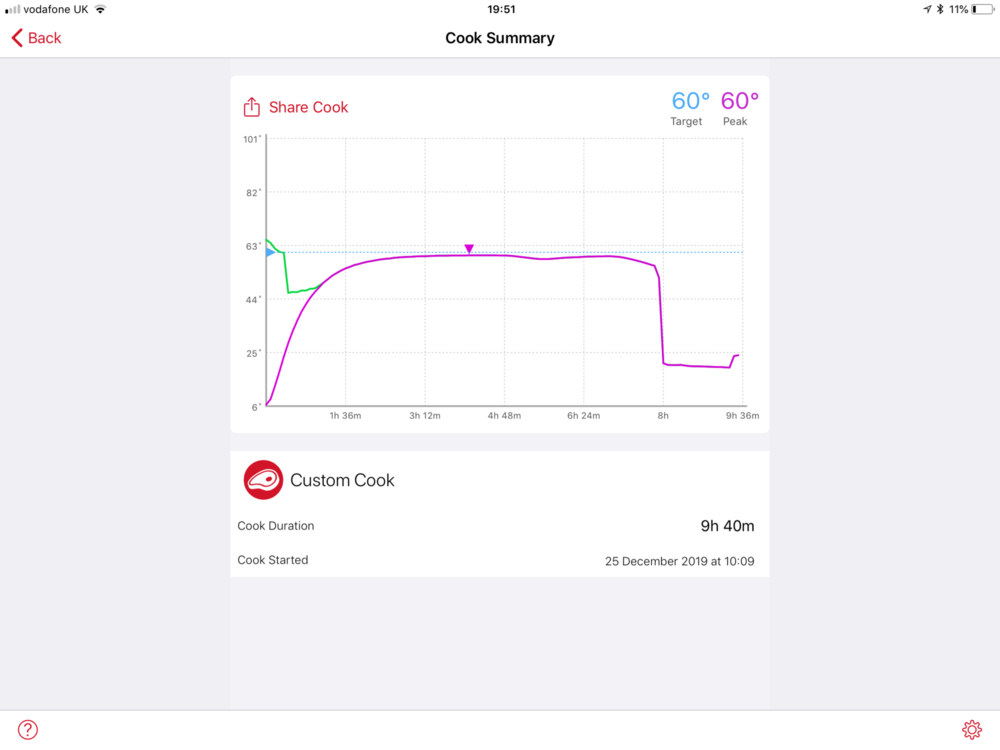

New Toy: Breville/Polyscience Control Freak!
in Kitchen Consumer
Posted
Thanks very much Blue. I have been through every page of the thread so have visited the various resources, including the very helpful sizzling site and the incredibly helpful spreadsheet compiled by a member many pages back. These are hugely useful.
I guess I was thinking of the level of detail in terms of product size, cooking times, and variations that the Hestan page gives. Having downloaded it I suspect the Hestan app gives this level of detail, but it does not let you progress very far without connecting to a Hestan. I have a Breville (Sage here in Europe) so cant access that without splashing out on an additional Cue, which I would consider but will not do that if I cannot determine in advance how useful the app would be.
But thanks again.